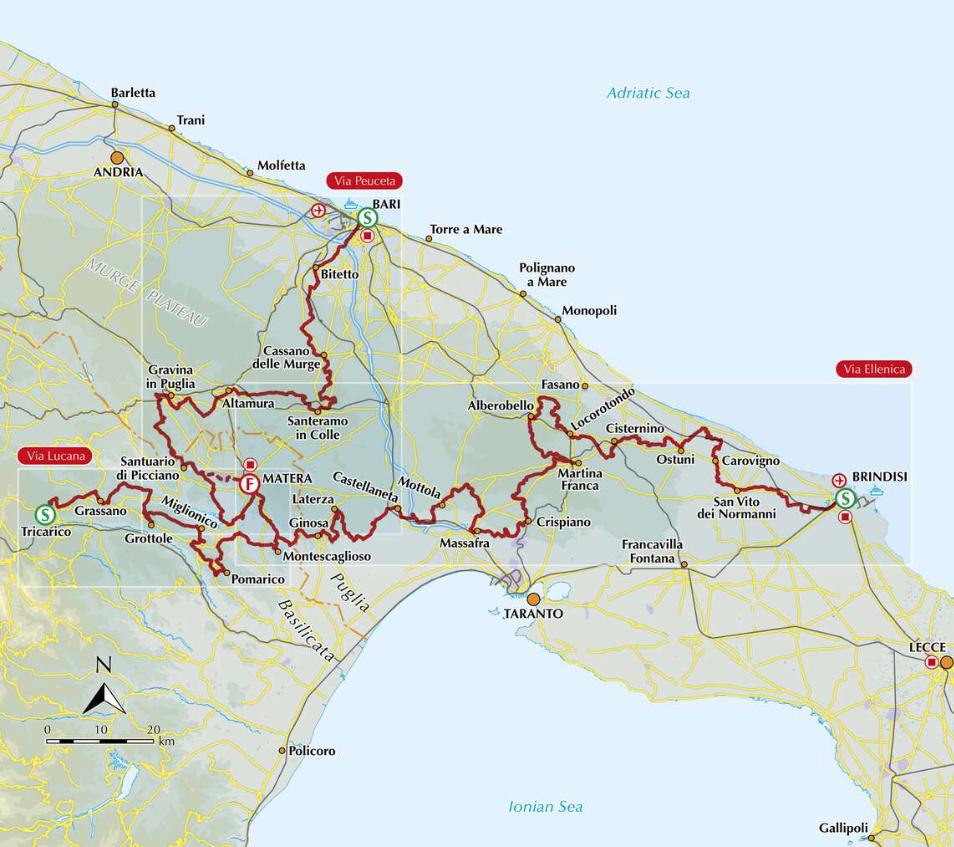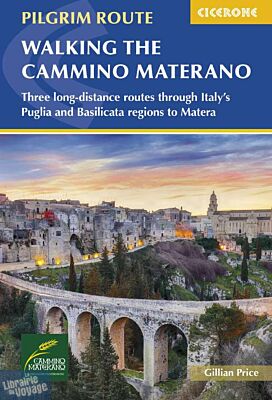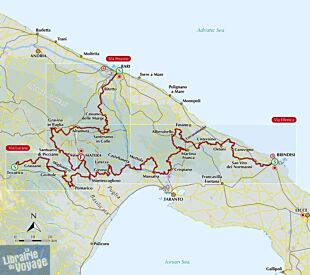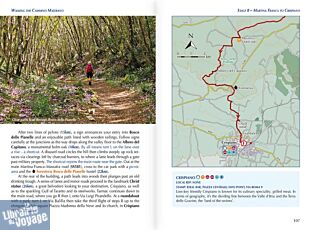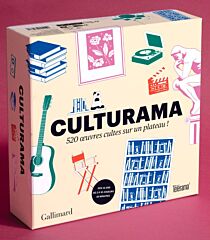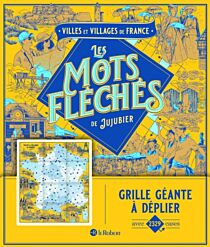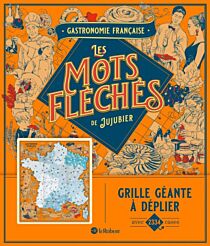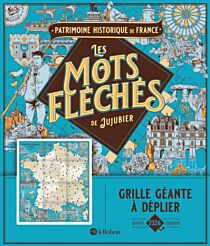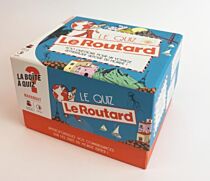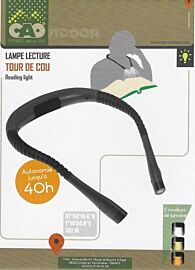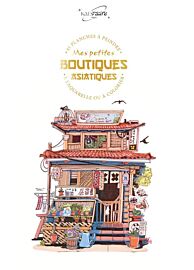Cicerone - Guide de randonnées (en anglais) - Walking the Cammino Materano (three long-distance routes through Italy’s Puglia and Basilicata regions to Matera)
| Destination | Europe |
|---|---|
| Pays / Région | Italie |
| Région / Ville | Pouilles et Basilicate |
| Auteur | Gillian Price |
| Date de publication | 3 sept. 2025 |
| Edition, collection | Cicerone Editions |
Ce guide présente (en anglais) 3 parcours sur plusieurs jours entre les Pouilles et la Basilicate (Via Peuceta, Via Ellenica et via Lucana)
Détails de l'article
Voici comment l'éditeur présente ce titre sur son site :
Guidebook to walking three long-distance routes along the Cammino Materano in Puglia and Basilicata in southern Italy. The 7-day Via Peuceta (168km) from Bari, 14-day Via Ellenica (287km) from Brindisi and 6-day Via Lucana (115km) from Tricarico all finish in the ancient cave city of Matera. Includes information on preparation, planning and accommodation.
Seasons
Spring (March to May) and autumn (September and October) are usually the best times of year. Summer is beautiful but tends to get too hot, and there’s little shade in this region. The winter months can be perfect despite shorter days and the chance of wet weather.
Centres
The routes set out from Bari, Brindisi and Tricarico and converge on Matera.
Difficulty
No specialist items on top of normal walking gear are needed. Difficulty ranges from Easy through Moderate to Moderately Hard. Walking is on a variety of countryside terrain – flat lanes and roads, narrow rocky paths and stony ways, with some steep, hilly ups and downs. Fit walkers used to 15–30km per day can confidently embark on the Cammino Materano routes.
Must See
Historic port cities of Bari and Brindisi; magical Matera set on a dramatic ravine; a host of minor villages, each a treasure trove of history, art and culture – Laterza for majolica pottery, Miglionico for its castle, Alberobello for traditional trulli houses, Ostuni and its whitewashed buildings, Altamura for its bread ovens and Gravina for its aqueduct bridge. Seas of olive trees, wheat fields bright with poppies, Mediterranean woodland, dramatic ravines.
(Source : Cicerone)
